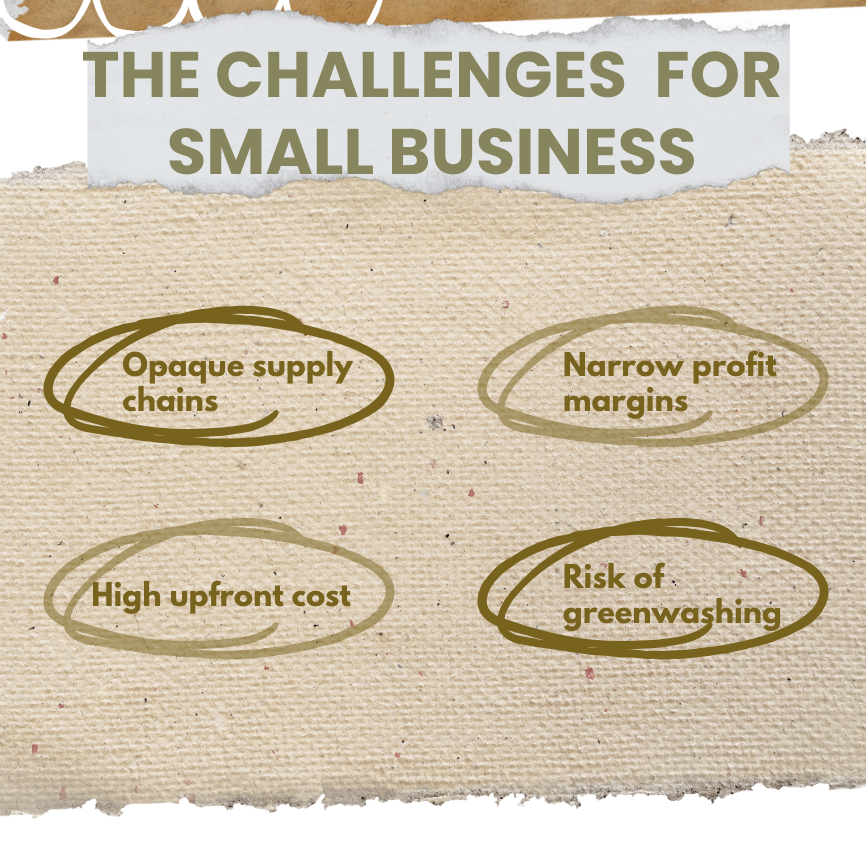Ch 10: Ethical Sourcing
Beyond the label
Written and designed by volunteers: Jackson B, Sushant P, Tanishka, Deepthi D, and Payton H
Where Do Materials Come From?
Raw materials are sourced from nature (plants, minerals, animals) or recycled materials. These materials are then extracted, cleaned, and refined. Concerns include fair pay and safe conditions.
The Challenges for Small Businesses
Small businesses face a heap of headaches when trying to do ethical sourcing: soaring upfront costs for certification and audits, opaque multi-tier supply chains, and scarce supplier leverage. They often lack expertise, stiff in price-sensitive markets, and grapple with weak consumer awareness and greenwashing issues.
How to Spot an Ethical Product?
Want to make better choices when you shop? Spotting an ethical product is easier than you think. Look for credible certifications like Fair Trade or B Corp, read labels carefully, and go for products that are cruelty-free and low-waste. Ethical brands also tend to be more transparent about how and where they manufacture. Every mindful purchase counts.
What is Ethical Sourcing?
Ethical sourcing is a company making sure that all aspects of business have environmental sustainability in mind including things such as providing minimum wage and comfortable working conditions for employees, and the choice of packaging being used on the products themselves. All aspects of business have to be taken into account when think about both ethical sourcing and environmental sustainability because they are both so important for not just us, but for the environment.




